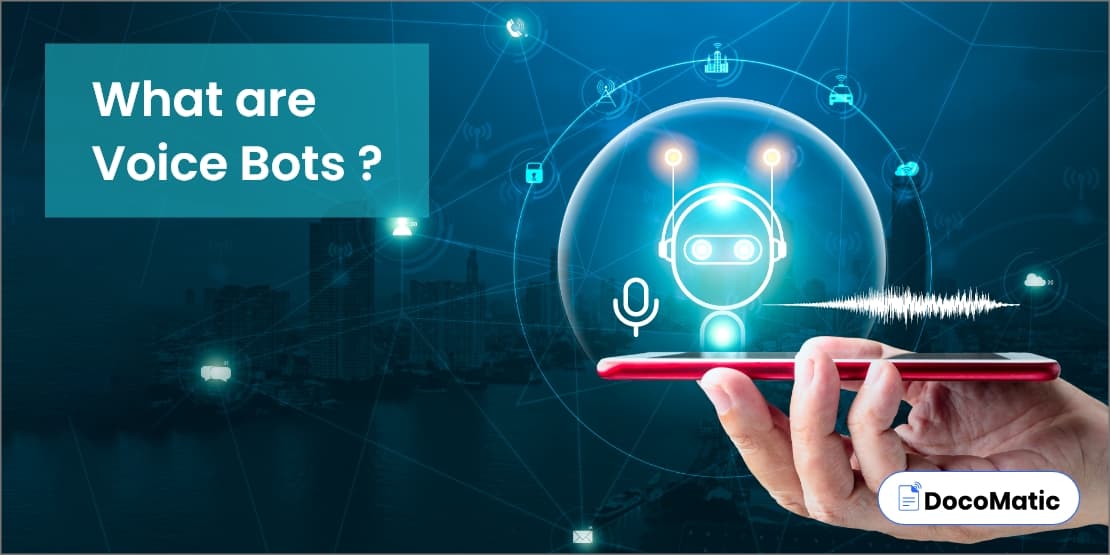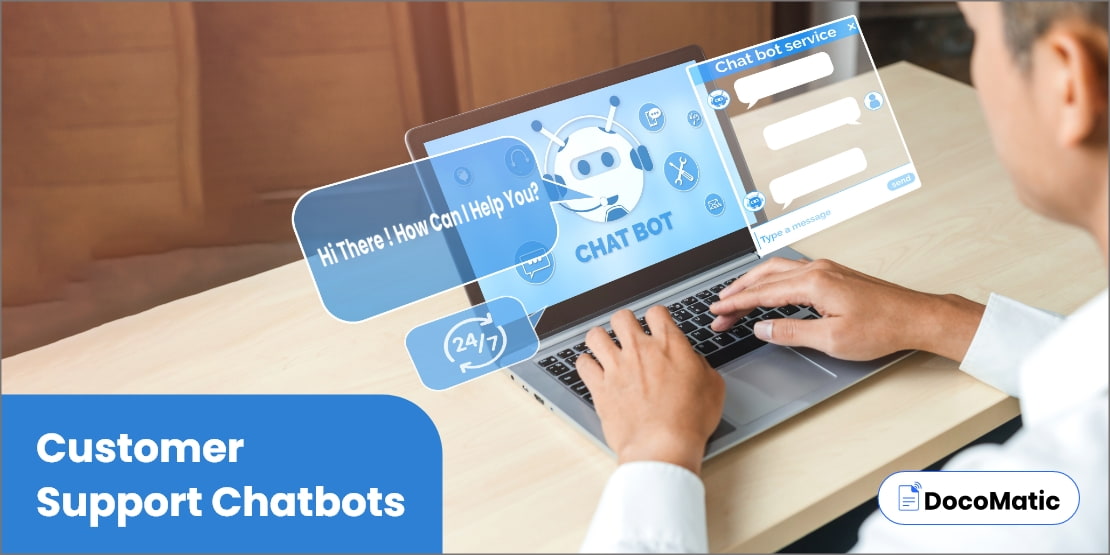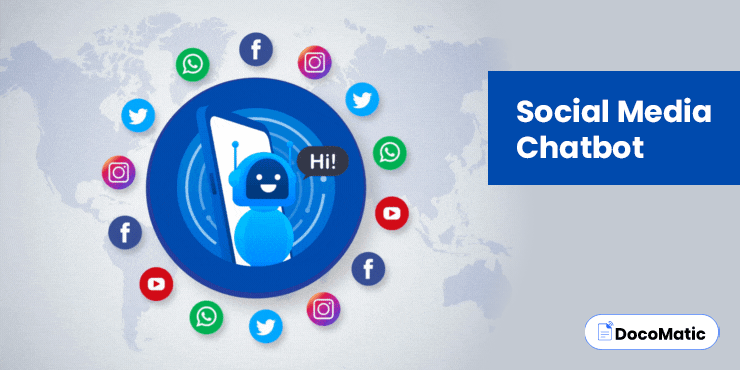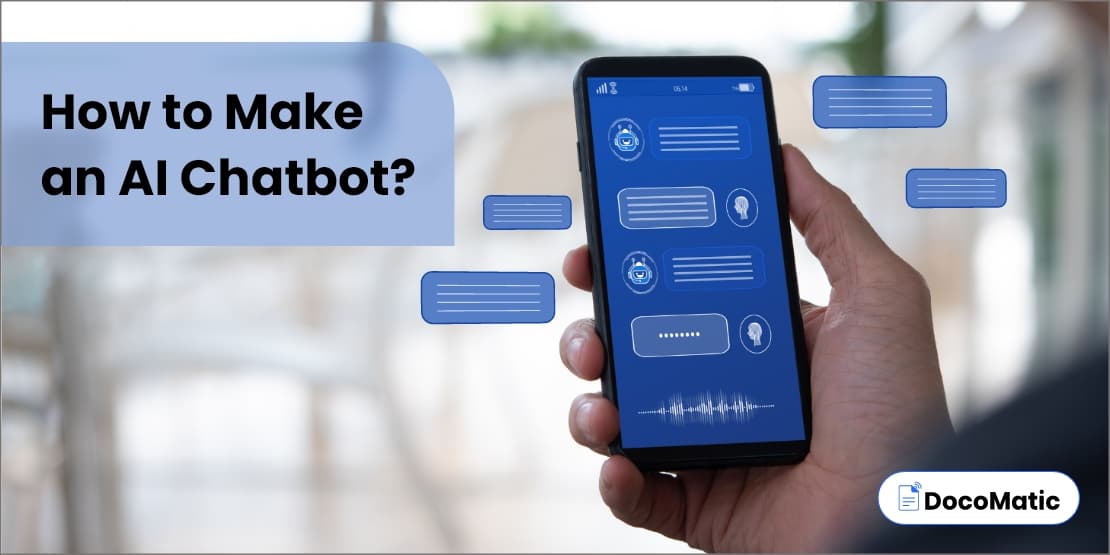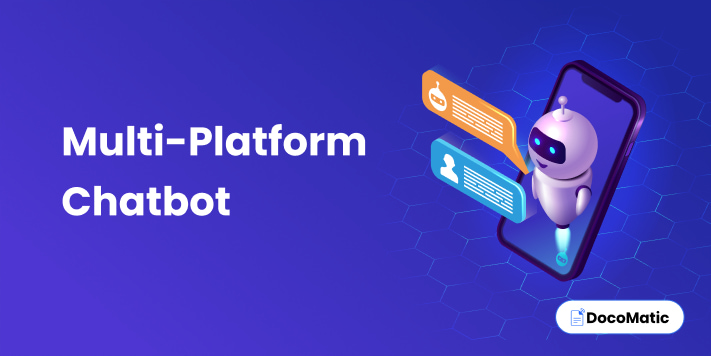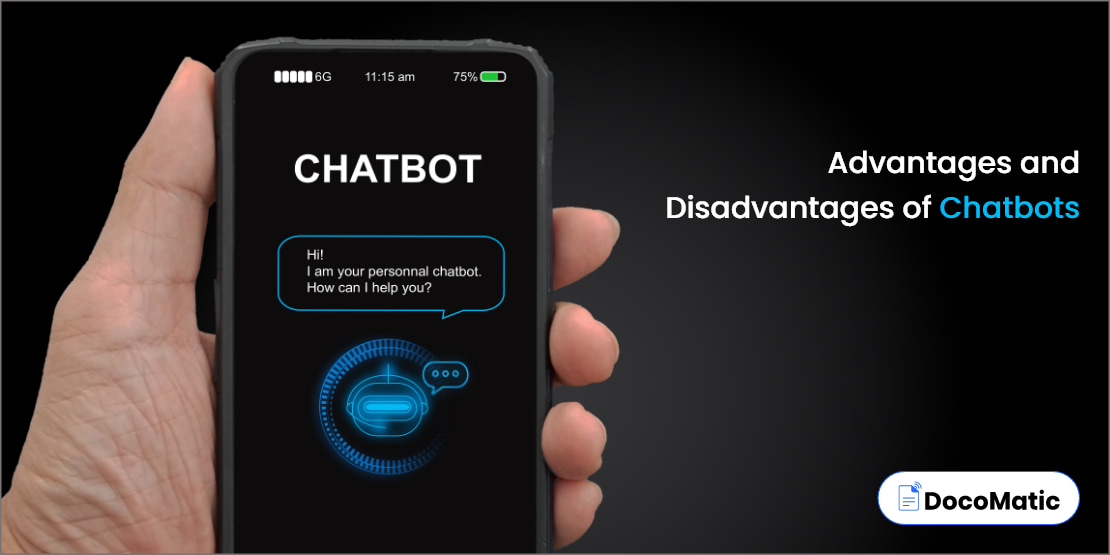Artificial intelligence is taking over a major portion of the latest news since ChatGPT-3 became the talk of the town! As a result, AI chatbots are becoming increasingly popular as businesses have started looking for new ways to streamline their operations. It’s no surprise that the global AI bot market size is evaluated to be around $1.25 billion in 2025, as per Statista.
With basic information on chatbots to types of chatbots, discussing each in detail to provide you with the required information to utilize for your business. Along with exploring their unique functionalities and characteristics, we will uncover their examples and use cases across various industries.
Table of Content
7 Types of Chatbots: How They Work and Examples of Usage
There are many different types of AI bots, each of them serving unique purposes with different strengths and weaknesses. Here are the 7 major types of bots that we will discuss in this blog:
- Menu-based chatbots
- AI-powered contextual chatbots
- Rule-based chatbots (linguistic-based)
- Voice chatbots
- Social Media Chatbots
- NLP or keyword-based chatbots
- Hybrid chatbots
1. Menu-based chatbots
Menu-based chatbots are known as structured bots or decision tree chatbots. These come with preset menus or buttons to help users navigate through a chain of actions. Here, customers can select the options available in the menu or a list of buttons. These are usually kept in a hierarchical structure, which leads every action to a new group of options. This happens until the person arrives at the required outcome.
A menu-based chatbot can be beneficial in providing crisp, structured answers to customer queries. It can be helpful in customer service or getting desired information. The bot is often used across a variety of sectors, including healthcare, finance, and other relevant industries.
2. AI-powered contextual chatbots
Contextual chatbots learn the context of a conversation and understand the clear meaning of a user’s inquiry. It can also recall previous conversations and maintain contextual awareness when a customer chats again.
A contextual chatbot can offer reliability by providing a consistent experience to repeat users. They are connected with a centralized database of the business’s site or app, which is normally a customer relationship management (CRM) system. This allows contextual bots to retrieve important information about every individual it interacts with. Here are a few ways to use it for
- Retail
- HR Recruitment
- Virtual health assistance
- Banking and Finance
3. Rule-based chatbots
Rule-based bots use a predefined set of rules, as the name suggests. They interpret these rules and respond to user inputs. Decision trees or “if/then” statements are used to program the bot to handle different scenarios.
For example, if you are designing a restaurant bot, here’s how you may create the set of rules:
- If the customer says, “What is on the menu?”, respond to them with a list of menu items.
- If the customer asks, “What time does the restaurant open?”, respond with the restaurant’s preset opening hours.
It is easy to develop and maintain such kind of chatbots, as it doesn’t need you to use natural language processing or advanced machine learning methods. The chatbot can be used in scenarios that are highly predictive of user behaviors and don’t need complex handling of queries.
4. Voice chatbots
Voice bots use a voice-to-text and text-to-speech channel using natural language understanding (NLU) and AI. Artificial intelligence helps the voice bot to identify key speech signals and determine an appropriate response. The interaction is completed by the text-to-speech (TTS) engine after converting the message request into voice or audio format.
A voice-activated chatbot is programmed to comprehend the entire speech and respond like a human interaction. Voice-enabled chatbots provide a polished communication mode that can be implemented into customer service channels. Voice bot can be used as interactive voice responses (IVRs), online knowledge bases, and self-service assistants.
5. Social media chatbots
Social media chatbots are designed to create user engagement on social media platforms and improve their overall experience. These can be integrated into a social messaging platform like Facebook. They come with numerous use cases which help to recognize user queries, marketing, and sales purposes.
Businesses can provide 24/7 customer service using these as support chatbots. Customers can use it anytime and receive instant responses to their questions. Social media chatbots help businesses build better and more loyal relationships with their target audience.
Social messaging chatbots are excellent tools for businesses seeking to enrich their customer experiences. The chatbot technology also helps businesses stand out as they can suggest appropriate product recommendations to users as per their behavior patterns.
6. Keyword-based chatbots
Keyword recognition based chatbots catch the specific keywords or phrases entered by the user. Then they provide a preset response as per the keyword recognition functionality. These chatbots utilize customizable keywords. Although these are not the same as AI-powered chatbots, they can still determine how to provide a suitable response to the user.
Keyword recognition based chatbots are often used in scenarios wherein the user is given straightforward answers. Due to this limitation, these chatbots are only able to provide generic responses instead of complex understanding. So, keyword recognition-based chatbots suit well for industries focused on customer services, such as banking, retail, and healthcare.
7. Hybrid chatbots
The hybrid chatbot is one of the customer support chatbots. They basically consist of chatbots that blend different technologies to offer a more advanced and versatile chatbot experience. A hybrid chatbot can combine the technology used in rule-based chatbots with natural language processing (NLP) or machine learning.
These chatbots are mainly used across channels that have a high volume of user queries or require personalized help. Due to this ability, the hybrid chatbot model offers more flexibility as compared to other models. By leveraging the best of both worlds, businesses can greatly benefit from hybrid chatbots and create a more engaging customer support experience.
Applications and Use Cases of Chatbots
Chatbots offer expansive opportunities and can be used in many applications and industries. Here are some of the chatbot use cases:
- Customer service: An AI bot offers many benefits in customer service, including answering questions using automated phone menus, helping customers troubleshoot specific issues, or directing them to the right department.
- Sales and marketing: You can enable smart AI chatbots for marketing purpose to engage with target customers and take them through the entire sales process. These can also provide personalized product recommendations, offer discounts or coupons, and collect customer feedback.
- E-commerce: Chatbots are now being integrated into e-commerce platforms to guide customers in browsing products, tracking orders, and checking shipping updates.
- Banking and finance: You can use a chatbot to guide users with account information, manage their finances, or provide them with investment advice using a GPT-enabled banking chatbot.
- Healthcare: Medical industries can use AI bots to offer medical advice, schedule health appointments, or assist with managing medication.
- Education: Chatbots assist the education industry in many ways, including answering educational questions, helping with student homework, and gathering student feedback
- Travel: You can make use of an AI bot for travel and tourism recommendations, booking flights and hotels, and customer support.
FAQs
While there are so many chatbot types, you might want to look at the one that aligns with your business’s goals and strategies. You can choose a chatbot from the ones discussed above and make an informed decision.
Here are a few examples of chatbots that are making the lives of people much easier as virtual assistants:
- Amazon’s Alexa
- Google Assistant
- Siri
- Cortana
While there are manifold benefits of chatbots, they also come with the risk of getting used by people or organizations with ill intent. These can pose a real threat to the data stored across the servers and need proper security and regulations to protect the same.
Conclusion
The AI chatbot market is booming as we know it. The technology is helping businesses with worthwhile customer engagement and reducing costs on additional resources by using natural language processing (NLP) to form responses just like a human conversation. With a wide range of chatbots coming to the forefront, businesses can use the one that meets their goals and requirements.
However, such chatbots come with potential threats and challenges. Organizations can face privacy concerns, security issues, and problems with limited knowledge. So, you must carefully evaluate the advantages and risks associated with chatbots to maximize growth,
Ultimately, chatbots are here to present exciting opportunities for businesses to build customer engagement in more advanced ways. The continued development and adoption of artificial intelligence-based chatbots can shape the future in the most remarkable way!

